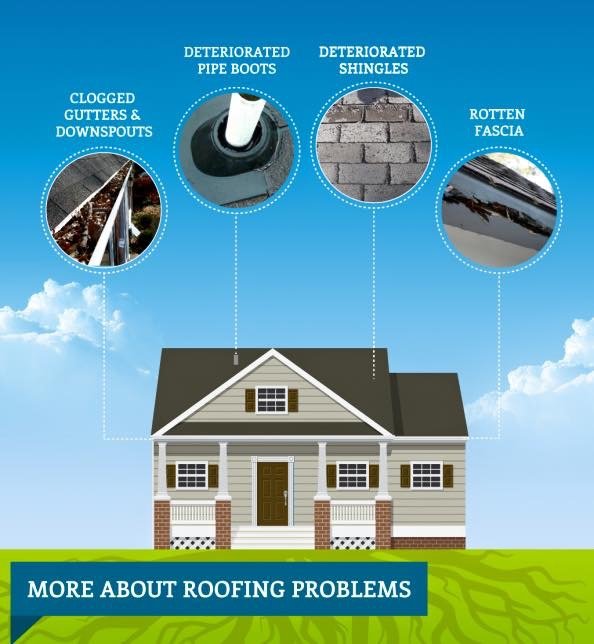Failing To Address Roof Air Flow May Trigger Considerable Damages; Discover The Crucial Variables That Contribute To A Successful Installation And Shield Your Financial Commitment.
Failing To Address Roof Air Flow May Trigger Considerable Damages; Discover The Crucial Variables That Contribute To A Successful Installation And Shield Your Financial Commitment.
Blog Article
Post Written By-Conway Iversen
When you're taking on a roofing project, you might not think much regarding roof covering air flow, however it's even more essential than you understand. Efficient air flow aids control temperature and wetness in your attic room, avoiding issues like mold and mildew and architectural damages. By comprehending exactly how to make and install a well balanced air flow system, you can enhance energy performance and extend the life expectancy of your roof covering materials. So, what are the vital aspects to consider during setup that can make all the distinction?
Relevance of Roof Air Flow
Roofing ventilation plays a critical duty in maintaining the total health of your home. By permitting related website to circulate with your attic room, it helps manage temperature level and moisture levels. This equilibrium is vital to protect against warmth build-up throughout warm months, which can result in increased energy expenses as your cooling works overtime.
In addition, appropriate ventilation considerably minimizes the threat of moisture-related issues like mold and mildew. If humidity levels rise, your home's architectural honesty can be compromised, leading to expensive repair services. You wouldn't intend to handle decaying wood or deformed roofing materials, right?
Additionally, sufficient ventilation extends the lifespan of your roofing system. When warm and moisture are kept in check, your roof covering can perform efficiently, protecting against premature damage. This means fewer frustrations and expenditures down the line.
How Roofing System Ventilation Functions
Reliable roof covering ventilation relies upon the natural movement of air to create a balance between intake and exhaust. When you mount vents, you're essentially enabling fresh air to enter your attic while making it possible for hot, stale air to leave. This procedure aids regulate temperature level and wetness levels, stopping issues like mold development and roof damage.
Intake vents, commonly located at the eaves, draw in cool air from outdoors. On the other hand, exhaust vents, located near the ridge of the roof, let hot air rise and leave. The difference in temperature level creates a natural air movement, called the pile effect. As warm air rises, it creates a vacuum that pulls in cooler air from the lower vents.
To maximize this system, you need to make certain that the consumption and exhaust vents are appropriately sized and placed. If the consumption is restricted, you will not achieve the preferred air flow.
Also, not enough exhaust can catch warmth and moisture, causing potential damage.
Key Setup Considerations
When setting up roof air flow, a number of vital considerations can make or break your system's efficiency. Initially, you need to assess your roof covering's layout. The pitch, form, and materials all affect airflow and air flow choice. Ensure to choose vents that match your roofing system kind and local environment conditions.
Next off, take into consideration the positioning of your vents. Preferably, you'll desire a well balanced system with intake and exhaust vents placed for optimal air flow. https://www.facilitiesnet.com/roofing/article/5-Steps-to-Get-the-Most-from-Green-Roofs--18587 on the roofing and exhaust vents near the peak to encourage a natural flow of air. This arrangement helps avoid wetness buildup and promotes energy efficiency.
Don't ignore insulation. Appropriate insulation in your attic room prevents warm from leaving and keeps your home comfortable. Make sure that insulation doesn't block your vents, as this can prevent airflow.
Last but not least, think about maintenance. Pick air flow systems that are very easy to gain access to for cleansing and evaluation. Regular maintenance guarantees your system continues to function properly in time.
Final thought
In conclusion, roof air flow is important for a successful setup. By guaranteeing proper air movement, you can avoid warmth build-up and moisture concerns that cause expensive damages. When you strategically setting consumption and exhaust vents, you boost energy performance and extend the life expectancy of your roofing system. Keep in mind, a well-ventilated roofing not only shields your financial investment but additionally enhances your indoor air quality. So, focus on air flow to make certain a durable and economical roof for your home.
